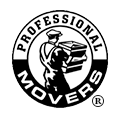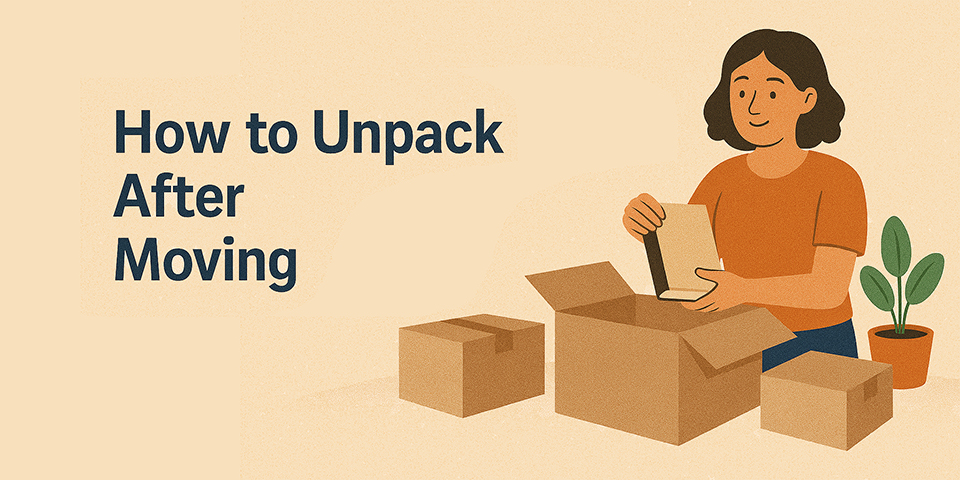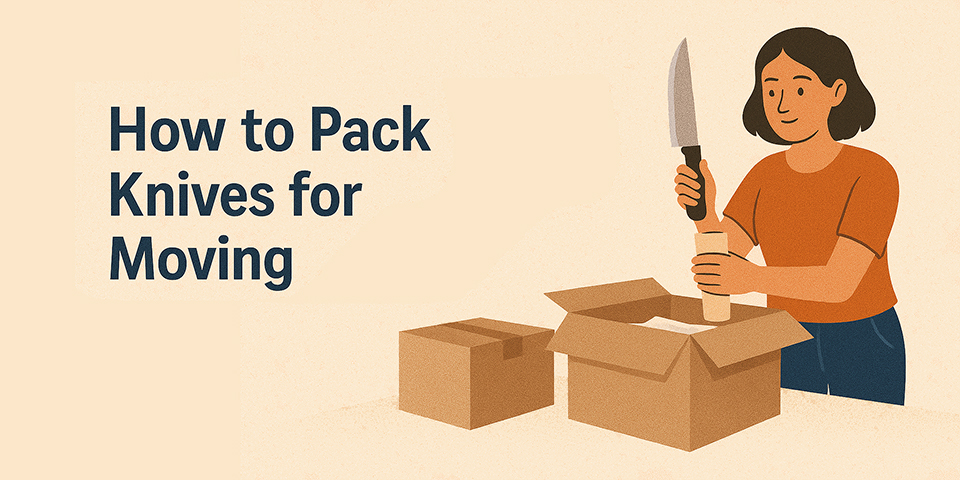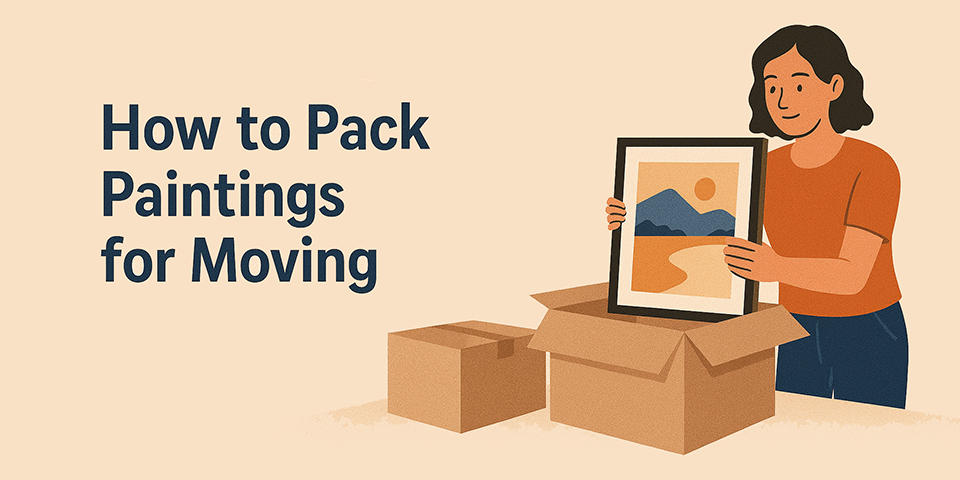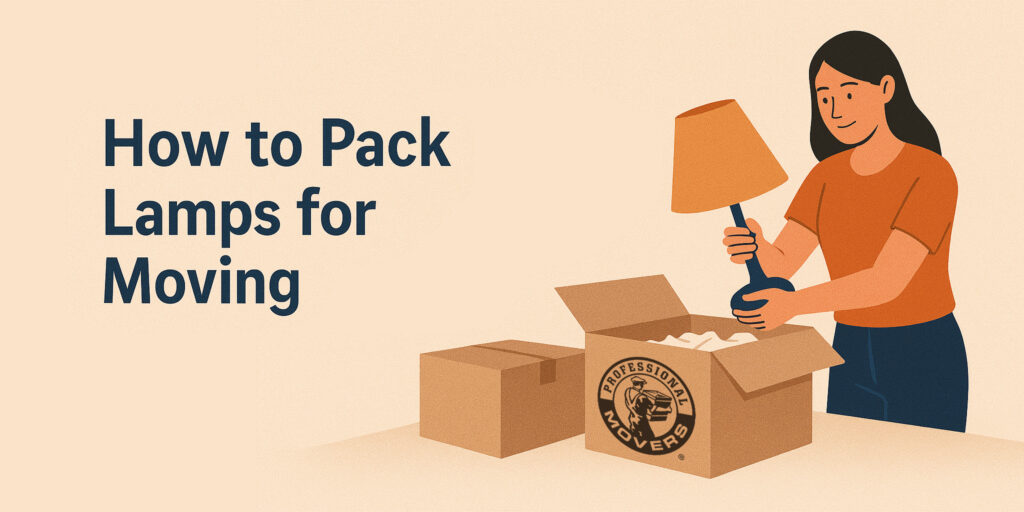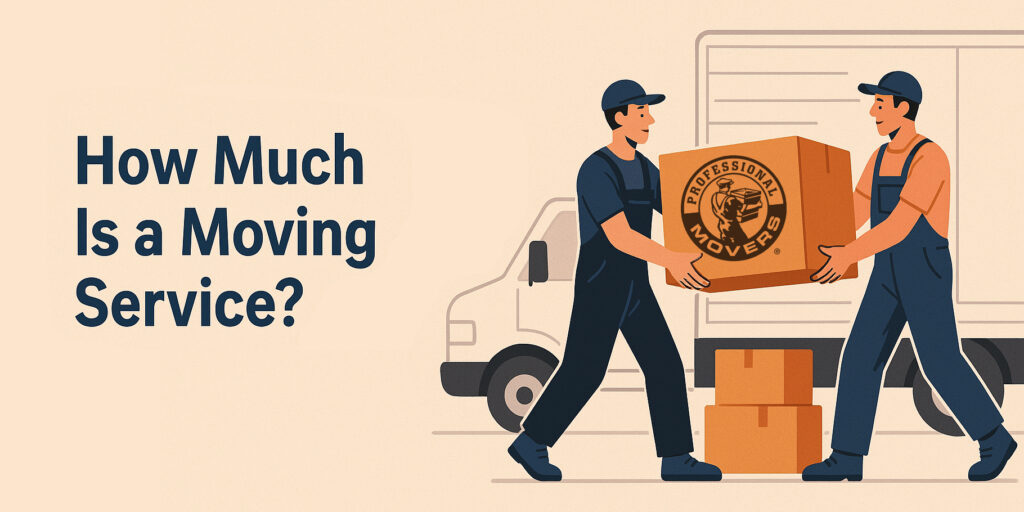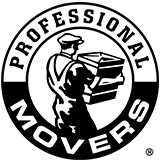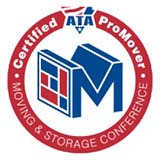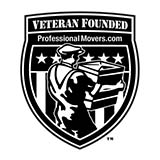
Moving a Lego collection requires careful planning to prevent damage to your cherished builds and loose pieces. The process can seem daunting, especially for collectors with extensive sets accumulated over years. Many homeowners seek exceptional moving services that understand the value of these specialized items and can provide appropriate handling. This guide outlines practical strategies for sorting, packing, and transporting your Lego collection safely to your new home, ensuring that both completed models and individual pieces arrive intact and organized for easy reassembly.
Sorting and Organizing Your Lego Pieces
Start by sorting and organizing your Lego pieces into categories based on size, color, and type to make packing and unpacking easier during your move. Separate bricks, plates, tiles, and specialty pieces into distinct piles, then further categorize them by color and size. Use small containers or Ziploc bags to keep each category separate and clearly labeled. This process not only helps you pack efficiently but also simplifies locating specific pieces when unpacking in your new space. If you have instruction manuals or complete sets, keep them together with their corresponding pieces to facilitate reassembly later. Taking time to organize your collection beforehand ensures a smoother moving experience overall.
Choosing the Right Packing Materials
Select sturdy cardboard boxes or plastic containers of various sizes to pack your Lego pieces securely for moving. When choosing packing materials, consider these key points:
- Size Matters: Use appropriately sized containers to prevent pieces from shifting excessively during transport.
- Divider Inserts: Containers with divider inserts help keep different Lego sets or types separated and organized.
- Secure Lids: Ensure boxes or containers have tight-fitting lids to prevent accidental spills during the moving process.
Securing Fragile Lego Builds
To protect delicate Lego constructions during a move, cushion them with materials like bubble wrap or packing paper inside their containers. Begin by carefully disassembling constructions, sorting pieces by size or type. Individually wrap fragile components such as spires or protruding parts to prevent breakage. Place Lego constructions snugly in containers to prevent shifting during transit. Fill any gaps with additional packing material to minimize movement. Mark boxes as fragile and indicate which way is up to avoid mishandling. These precautions help ensure your valuable Lego creations arrive at your new destination intact.
Labeling and Organizing Packed Legos
Organize your packed Legos by theme or set to streamline unpacking and setup at your new location. Follow these steps for effective labeling and organization:
- Sort by Theme: Keep similar sets together by separating Legos into themes like Star Wars, Harry Potter, or Creator Expert.
- Use Clear Labels: Mark each box clearly with the theme or set name using a permanent marker for easy identification during unpacking.
- Create an Inventory: Maintain a detailed list of sets packed in each box to track your collection and ensure nothing gets misplaced during the move.
These organizational steps help maintain order throughout the moving process.
Safely Transporting Your Lego Collection
Ensuring safe transport of your Lego collection requires careful preparation. Secure boxes properly using sturdy containers packed tightly to prevent movement during transit. Add protection by padding boxes with bubble wrap or packing paper. Consider disassembling larger sets to prevent breakage, placing smaller pieces in resealable bags with clear labels. When loading boxes into your vehicle or moving truck, position them securely to prevent shifting. Drive carefully, avoiding sudden stops or sharp turns that could disturb your packed items. Following these steps helps guarantee your Lego collection arrives safely at its new destination.
Related Topics:
- How to Transport Pet Fish When Moving: A Step-by-Step Guide
- How to Pack Mugs for Moving: Tips for Safe Transport
Get Your Move Estimate
Professional Movers.com believes in complete transparency. We have no hidden fees with our pricing. Fill out our simple, online form and one of our Moving Consultants will reach-out to learn more about your move, answer your questions, and provide you with an accurate estimate.

"*" indicates required fields


